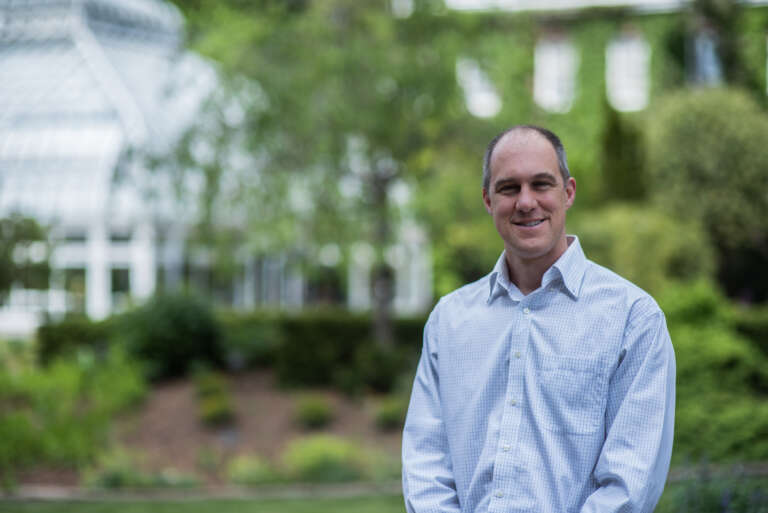In Essex County, Ont., the nighttime sky glows orange and greenhouses dominate the landscape. It’s the result of the rapidly growing greenhouse industry in Ontario, one that took up almost 1,800 hectares of land and paid close to $194 million for energy in 2021, according to Statistics Canada.
But in Essex County, a hotspot for greenhouse-grown fruits, vegetables and flowers, energy is still in short supply.
“There are growers who want more greenhouses,” said Dr. William David Lubitz, a professor in the School of Engineering at the University of Guelph’s College of Engineering and Physical Sciences. “Right now, however, there are limits on hooking up large electricity users because the local grid is maxed out at its peak.
“They’re trying to expand the capacity for gas and electricity down there, but frankly, it’s stretched.”
So how can this growing industry optimize its energy use? That’s the question behind Lubitz’s research and latest project development: a model programmed to simulate greenhouse energy use and growing conditions in order to help producers save energy and money.
The model was recently published in the conference proceedings of the Symposium on Responsible Engineering and Living. This research was funded by the Ontario Agri-Food Innovation Alliance, a collaboration between the Ontario Ministry of Agriculture, Food and Rural Affairs and the University of Guelph.
Balancing inputs and outputs to reduce energy costs

Lubitz describes greenhouses as sensitive buildings, responsive to wind and outside temperatures amid an array of meteorological conditions. To thrive, plants require proper amounts of sunlight, heat and carbon dioxide. To be successful, growers must balance those plant needs while running a cost-effective business, an often-expensive endeavour.
The model, developed by Lubitz’s former master’s student Alex Nauta, considers those properties and others to help growers reduce energy costs without jeopardizing yields. It also helps in identifying ideal design parameters for future greenhouses. The model was tested on six greenhouses in southwestern Ontario, mostly in Essex County.
“The really neat thing was it worked,” said Lubitz. “Over and over, Alex’s model predicted what should be happening in the greenhouse. If a temperature that actually happened in the greenhouse was a certain temperature, the model predicted that same temperature.”
The model’s success means Lubitz and his team can help growers identify ways to reduce energy use. They can also virtually test various scenarios growers wouldn’t chance taking, like changing the temperature or not running fans to circulate air because it may hurt their crop.
“We can try all these different things and see the results. If we find good ones, we can go back to the grower, and say, ‘Look, not only do we think this would work, but we have this model that we’ve checked, and we have confidence that it says this will work,’” explained Lubitz.
Novel technologies reduce costs
The next step is to help growers determine whether adapting new technologies to balance their energy costs and greenhouse climates is feasible.
The model, he says, will help growers identify how to save costs. For example, if growers are constantly running fans to cool their greenhouse during the day, they might invest in encapsulated phase-change materials, like coconut oil, that trap heat as they melt and release it as they cool. The model could be used to help growers see if this change would reduce electricity costs.
Other technologies are being employed, too, like dehumidifiers to remove excess moisture and ceiling curtains to reduce heat loss and prevent nighttime light pollution – the focus of work by another student of Lubitz’s. Curtain use to reduce light pollution is now mandated in several jurisdictions.
“Anything we can do to reduce the carbon footprint of the industry reduces costs,” says Lubitz. “If you reduce the costs to grow, you reduce the costs of food and get more locally grown food with less of an environmental impact.”
Contact:
Dr. William David Lubitz
wlubitz@uoguelph.ca
